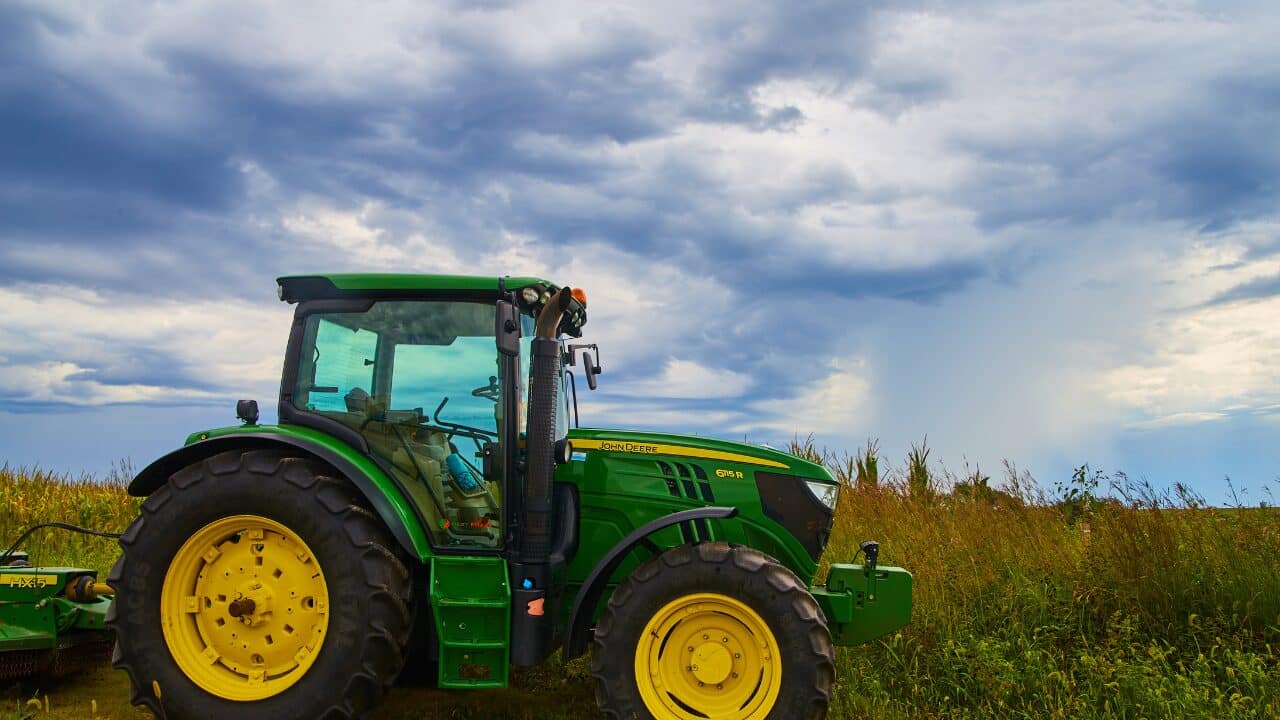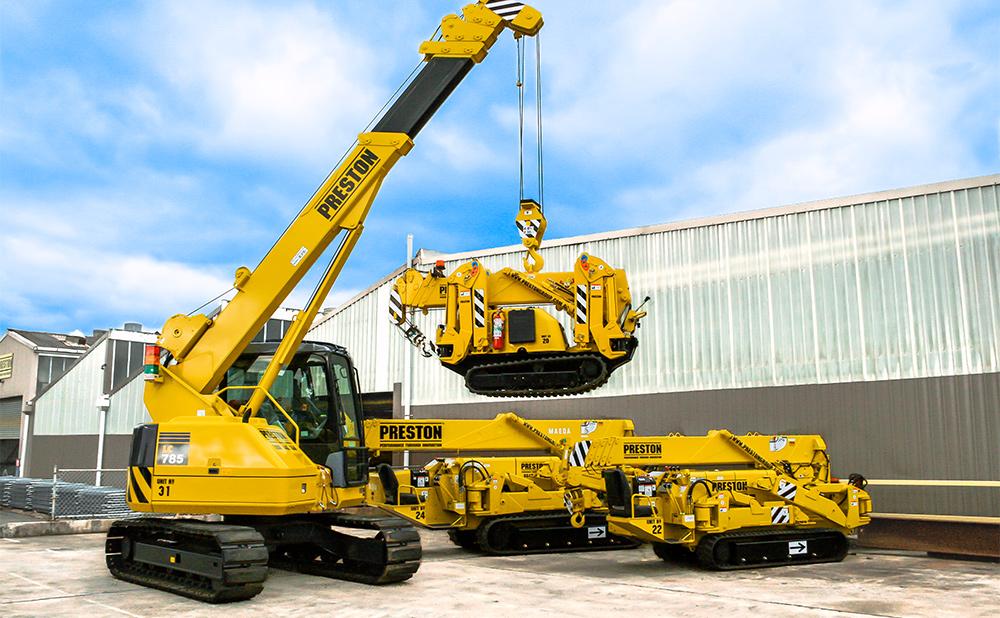Navigating the world of farming equipment can be as complex as tilling the toughest soils.
One question often plagues both new and experienced farmers alike: “What tractor size do I need?”
The answer lies in a myriad of factors. That is why, this comprehensive guide will steer you through the process of selecting the ideal tractor size to ensure efficient and productive farming operations.
Read on!
Table of Contents
Assess Farm Size and Terrain
Before you jump into tractor specifications, take a thorough assessment of your farm’s size and terrain. The acreage you need to cover and the type of land you’re working with will significantly influence your tractor size decision. This would be either it is:
- flat
- hilly
- rocky
- smooth
Larger areas often require tractors with more horsepower to cover extensive ground efficiently. Smaller or hilly terrains can benefit from compact models that offer better maneuverability. Some tractors like Siromer farm tractors will fit any small farm operations. Others would be better suited for larger fields.
Consider Power Requirements
The heart of every tractor is its engine. So, understanding the power demands of your farming tasks is crucial. Horsepower requirements will vary depending on the heaviness of the load and the resistance of the ground.
From plowing and tilling to hauling and harvesting, ensure that you opt for a tractor size aligned with the muscle needed for your farm’s operations. This will save you from potentially underpowered equipment that can result in inefficient and costly farming practices.
Match Implements and Attachments
The versatility of a farm tractor is defined by the tools it can wield. When deciding on tractor dimensions, consider the implements and attachments you plan to use. Some may require a certain amount of lifting capacity or hydraulic power to operate effectively.
Match your tractor’s specifications with these requirements. That way, you can maximize functionality across all your farming tasks. Make sure to also consider any possible future expansions or additions to your equipment lineup.
If you are unsure about the compatibility of your chosen tractor model with specific implements, consult with a reputable farm equipment dealer for expert advice.
Factor in Maneuverability
A great tractor is more than just brute strength. It is also about finesse. Maneuverability is especially critical when working in confined spaces or navigating between crop rows.
Compact tractors might have the advantage in such cases. It offers a tighter turning radius without sacrificing much-needed utility. This also applies to tasks like mowing or spraying. This is when and where agility can make all the difference.
Maneuverability also ties in with the tractor’s weight. In wet or soft soil conditions, a heavier tractor may get stuck or cause soil compaction. This can then lead to yield losses. Consider the overall weight of the tractor and its potential impact on your farm’s terrain.
Assess Storage and Transportation
One often overlooked aspect when selecting the proper tractor size is storage and transport logistics. Ensure that your equipment can be stored safely.
Make sure that it is easily transportable between locations, if necessary. Take into account the clearance height and width to avoid any compatibility issues with sheds or trailers.
Moreover, if you plan on using your tractor for off-farm work or contracting jobs, consider the portability of your equipment. A smaller and more compact model may be more suitable for frequent travel and tight spaces.
It’s crucial to note that a tractor’s size and weight also affect its fuel consumption, so selecting the right size can save you money in the long run.
Evaluate Fuel Efficiency
In the age of sustainability and increased input costs, fuel efficiency becomes a pivotal factor in your decision. Modern tractors are designed to do more work while consuming less fuel, reducing both your carbon footprint and operating expenses.
Look for models that boast better fuel economies without compromising on performance. This means that you can achieve the same tasks with a smaller-sized tractor, ultimately saving on fuel costs and reducing environmental impact.
Factor in Future Growth
Farming is a long-term endeavor, and the tractor size you choose should account for future business growth. Consider scalability in your selection process — if you anticipate expanding your farm size or diversifying crops, investing in a bigger model might be a prudent decision to avoid the need for an upgrade too soon.
Moreover, as your farming practices evolve and new technologies emerge, you might need a more powerful tractor to keep up with changing demands. Having room for growth in your initial purchase can save you time and money in the long run.
Consider Operator Comfort
The welfare of those who work your lands is invaluable. Tractors are designed with operator comfort in mind. It features ergonomic controls, spacious cabins, and smooth handling. They can significantly enhance productivity by reducing fatigue during long days in the field.
Moreover, some models come with additional features such as air-conditioning, radios, and sound systems to make the work environment more enjoyable. Factor in these elements when selecting a tractor size. This is because they can improve overall efficiency and job satisfaction.
Budget Considerations
Your budget will inevitably shape your choice. While investing in a quality tractor is essential for efficient farming, it’s imperative to balance cost with the features you truly need.
Research various financing options or consider purchasing used tractors from reputable dealers to stay within your financial means without compromising quality. This way, you can get the right tractor size without breaking the bank.
Seek Expert Advice
When in doubt, consult the wisdom of those who know best. Dealers, agricultural extension agents, and fellow farmers can provide insights into the ideal tractor size for your needs based on real-world experience and expertise. Don’t hesitate to ask questions and seek out recommendations.
Moreover, dealerships often offer test drives and demonstrations, allowing you to get a feel for different tractor models and sizes before making a decision. Take advantage of these opportunities to ensure that your tractor size aligns with your needs and preferences.
Choose the Right Tractor Size for Your Farm
Choosing the right tractor size for your farm is a significant decision that can impact your operations for years to come. Weigh all these factors with a discerning eye, and you’ll be equipped to pick a farming companion that’s just right for your land.
Remember that it’s not merely about the horsepower or the most advanced features. It is about finding a harmonious match that brings out the best in your farmstead.
Visit our blog for more articles.
Ever stood on a chilly bathroom floor and thought about how you could make that experience better?
Well, choosing the right bathroom floor tile can turn your bathroom into a cozy sanctuary you’ll love! This article guides you through six crucial factors to ensure you pick the perfect tiles. We’re talking durability, safety, style, and more!





